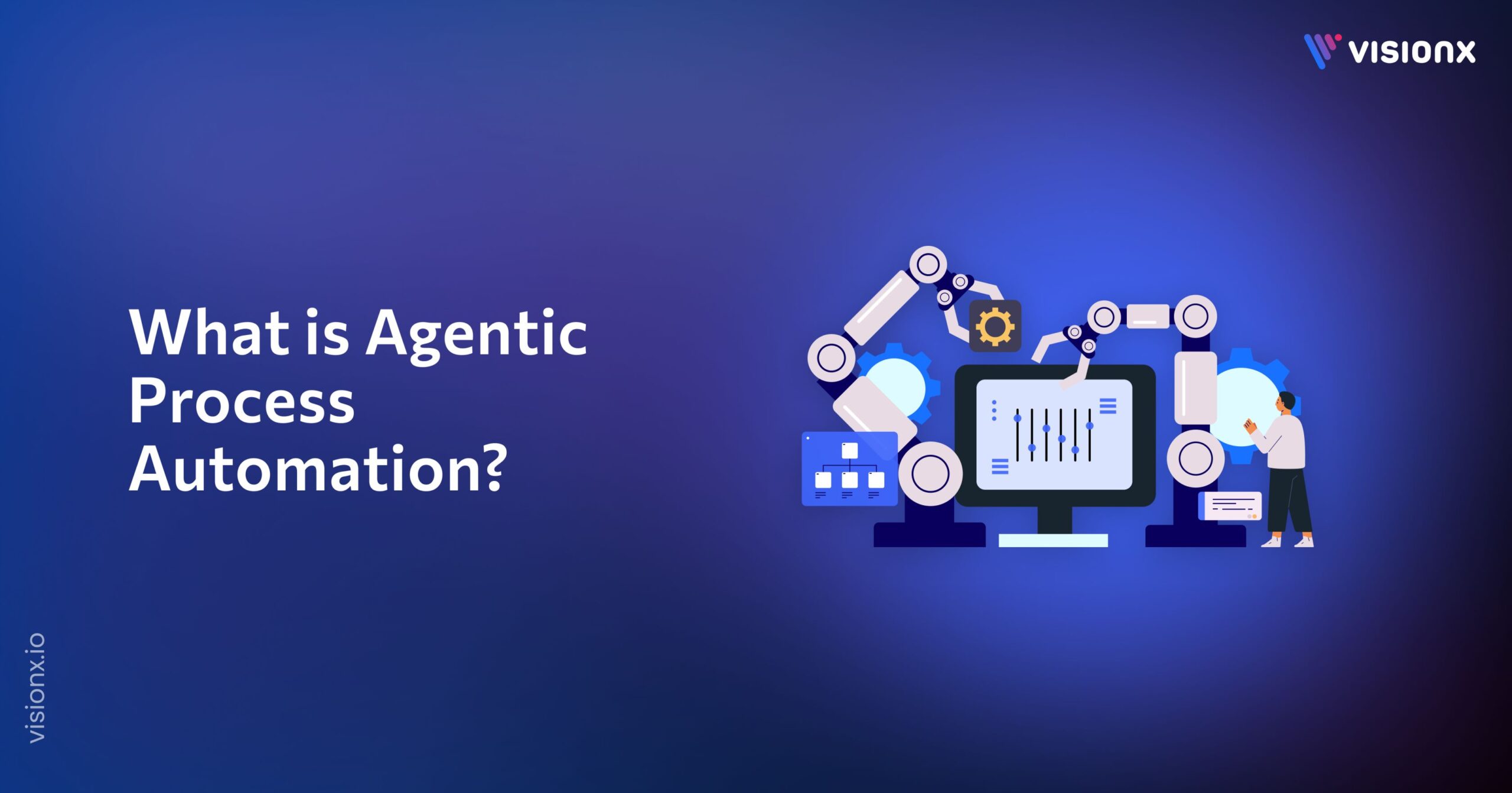Introduction
Data cleaning is a fundamental part of data science services, helping in spotting and fixing data inconsistencies or mistakes to guarantee their accuracy and dependability in the field of data science. Clean data is crucial for effective data analysis and informed decision-making. Without it, businesses risk drawing flawed conclusions that could lead to poor outcomes. In today’s data-driven world, ensuring the accuracy and quality of data is vital to driving strategic business decisions.
While automated tools are available, many organizations still rely on manual data cleaning, especially when dealing with unique datasets. However, manually cleaning data presents several challenges that can slow down processes, increase costs, and introduce human error. This blog explores the difficulties associated with manual data cleaning and why it can be so challenging.
What does Manual Data Cleaning Mean?
Manual data cleaning refers to the process of reviewing, identifying, and correcting errors, inconsistencies, or inaccuracies in a dataset without the aid of automated tools. It involves human intervention to detect and fix issues like missing values, duplicates, outliers, and formatting errors. Data analysts, researchers, or team members usually inspect the data manually, correct mistakes, and ensure that the dataset is accurate, consistent, and ready for analysis or reporting.
Challenges of Manual Data Cleaning
1. Time-consuming
One of the biggest challenges of manually cleaning data is the time it takes. Modern businesses handle massive datasets containing millions of records, each requiring careful review. For example, manually identifying and fixing missing values or removing duplicate entries can consume hours, if not days, of valuable time.
Complex issues, such as handling missing data, identifying outliers, and correcting inconsistencies, also add to the time required. Each issue must be addressed one at a time, which becomes overwhelming when dealing with large datasets. Even small errors can take hours to locate, which significantly delays projects and decision-making.
2. Error-prone
Humans are inherently prone to making mistakes, and manual data cleaning is no exception. A simple keystroke error can lead to the accidental deletion or modification of important data, causing major issues down the line. For instance, accidentally deleting a row of crucial financial data could skew an entire analysis.
The complexity of the task also opens the door for additional errors. When cleaning a large dataset, fatigue or distraction can easily set in, increasing the likelihood of mistakes. As the volume of data grows, so does the chance of introducing inconsistencies, ultimately reducing the accuracy of the dataset.
3. Subjective Interpretation
One of the most overlooked challenges of manual data cleaning is the subjectivity involved in identifying errors. Different individuals may interpret errors and inconsistencies in varying ways. For example, two data analysts might have different opinions on how to handle missing values in a dataset—one might choose to delete the row, while another might impute the missing data.
This subjectivity introduces an element of inconsistency into the data-cleaning process. Decisions made by one team member may not align with the approach taken by another, resulting in inconsistently cleaned data that could affect subsequent analyses.
4. Lack of Consistency
Consistency is critical in data cleaning. However, manual processes make it difficult to apply the same rules and standards uniformly across all data. If multiple people are involved in the process, they may use different criteria to identify and correct errors.
For example, if one person is responsible for addressing outliers and another is responsible for fixing duplicates, inconsistencies can arise if they don’t adhere to the same standards. This inconsistency can lead to confusion, inaccurate analyses, and flawed decision-making. Moreover, the lack of a well-documented, repeatable process adds further complexity to ensuring the data remains clean over time.
5. Scalability Issues
Manual data cleaning becomes exponentially more challenging as the size of the dataset grows. Small datasets can be handled manually without too much trouble, but large datasets pose a significant issue. When organizations deal with millions or even billions of rows, scaling manual processes becomes nearly impossible.
For instance, a small business might be able to manually clean a dataset of 10,000 rows in a reasonable amount of time. However, for large enterprises dealing with multiple datasets containing millions of records, manual cleaning would be impractical and inefficient. The time and resources required to scale manual efforts simply cannot keep pace with the growing volume of data.
6. Difficulty with Complex Issues
Manual data cleaning is especially challenging when dealing with complex issues, such as detecting patterns in missing data, managing inconsistencies across different data sources, or addressing anomalies. Handling these tasks requires a deep understanding of the data and the appropriate cleaning techniques. Unfortunately, humans are not always well-equipped to identify or solve such problems consistently.
For example, consider a dataset collected from multiple sources. Each source might use a different format or naming convention, leading to inconsistencies in the combined dataset. Identifying and correcting these inconsistencies manually would be an extremely time-consuming and tedious task, with no guarantee of accuracy.
7. Lack of Standardization
Manual data cleaning often lacks standardization, making it difficult to replicate or compare results. Because there is no universal method or set of rules governing how data should be cleaned, individuals may apply different approaches to the same dataset. This lack of standardization can lead to inconsistent and unreliable results.
For example, two analysts might approach the cleaning of missing data differently. One might choose to remove rows with missing values, while the other might use a statistical method to fill in the gaps. Without a standardized approach, it becomes difficult to replicate results across teams or projects.
8. Limited Insights
Manual data cleaning tends to focus on correcting errors without providing deeper insights into data quality issues. Analysts may spend hours cleaning data only to miss underlying patterns or causes of the errors. Without insights into the root causes, the same data quality issues may continue to arise in future datasets.
For example, analysts might remove duplicate entries from a dataset without understanding why those duplicates occurred in the first place. Without addressing the underlying issue, duplicate entries may continue to appear in future data, resulting in a never-ending cleaning process.
Benefits of Automated Data Cleaning Tools
In contrast to manual data cleaning, automated tools offer significant advantages that address many of the challenges outlined above. Here are a few key benefits:
1. Efficiency
Automated data cleaning tools can significantly speed up the process. Tasks that would take hours or even days to complete manually can be finished in a matter of minutes. These tools are particularly useful for handling repetitive tasks, such as identifying duplicates or addressing missing values, freeing up analysts to focus on more strategic tasks.
2. Accuracy
Automated tools reduce the risk of human error by following consistent, predefined rules for cleaning data. This leads to improved accuracy and reliability in the cleaned dataset. Since the process is automated, there is no risk of accidental deletions, incorrect modifications, or oversight.
3. Consistency
Automated tools ensure that the same cleaning rules are applied consistently across all data. Whether you’re dealing with one dataset or multiple, the tool can apply uniform cleaning standards, ensuring that the data remains accurate and reliable throughout the process.
4. Scalability
Automated tools are built to handle large datasets with ease. Unlike manual processes, which become increasingly difficult to scale as the dataset grows, automated tools can clean millions of rows efficiently. This scalability is crucial for organizations dealing with large amounts of data.
5. Insights
Many automated tools provide valuable insights into the root causes of data quality issues. Instead of simply correcting errors, these tools can analyze patterns and trends in the data, helping organizations identify and address the underlying problems.
Conclusion
Manual data cleaning is a challenging and time-consuming process, fraught with the risk of human error, subjectivity, and inconsistency. Scaling manual processes becomes impractical for large datasets, and the lack of standardization can lead to unreliable results. These challenges highlight the need for automated data cleaning tools, which offer significant benefits in terms of efficiency, accuracy, consistency, scalability, and insights.
In today’s data-driven world, ensuring clean, reliable data is essential for effective decision-making. Automated tools provide a streamlined, scalable solution that can save time, reduce errors, and ultimately improve the quality of data used in analysis and decision-making processes.


